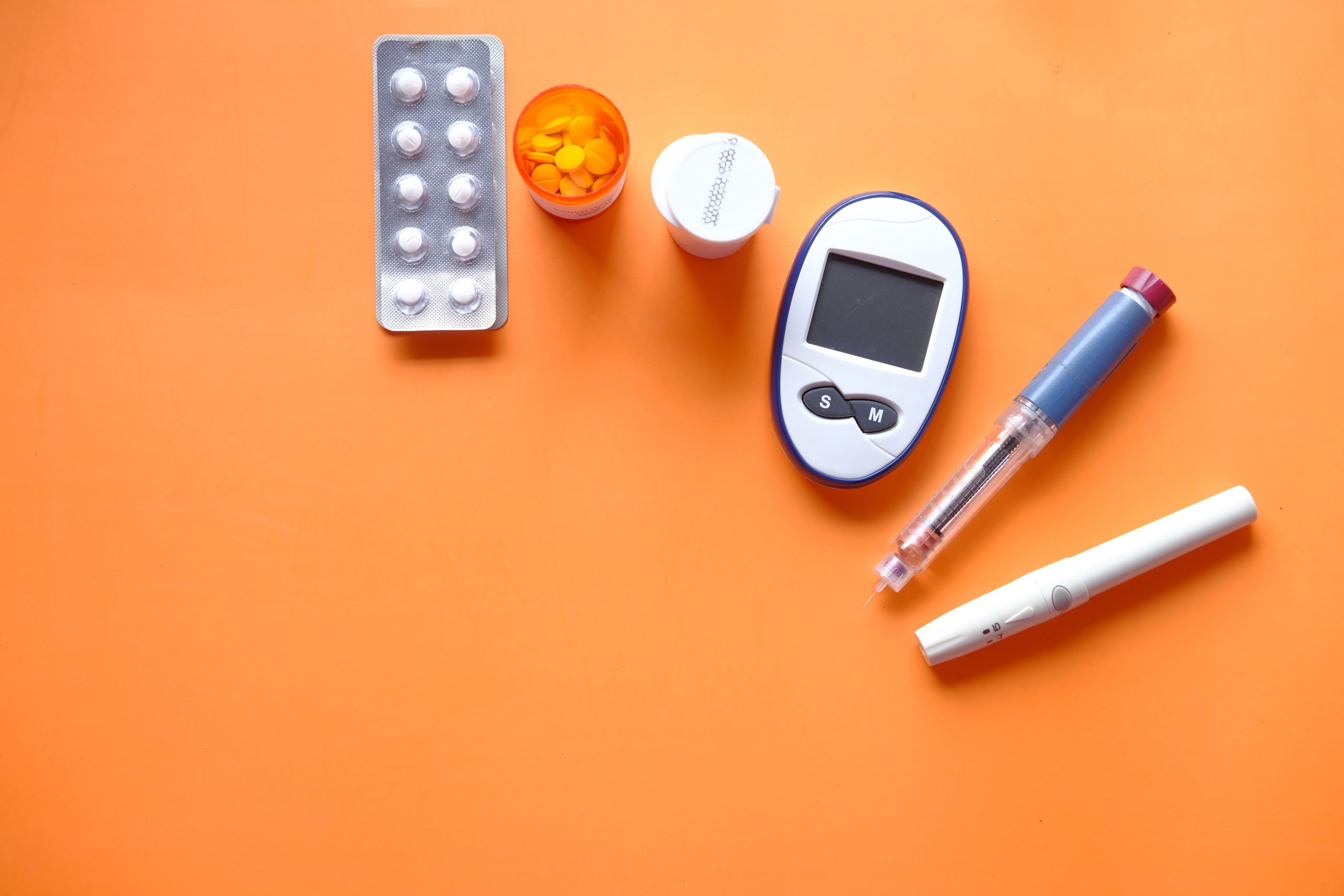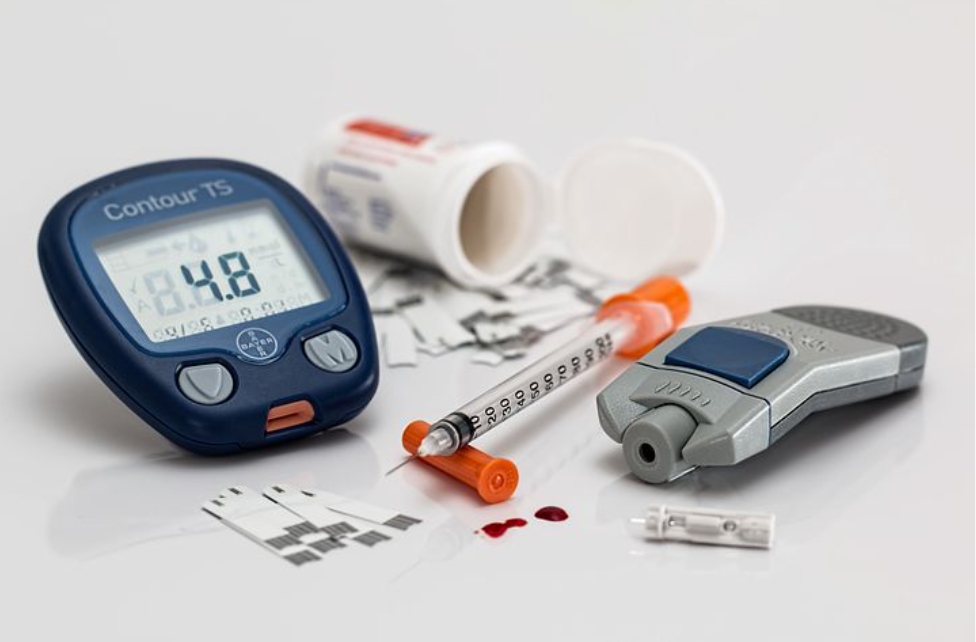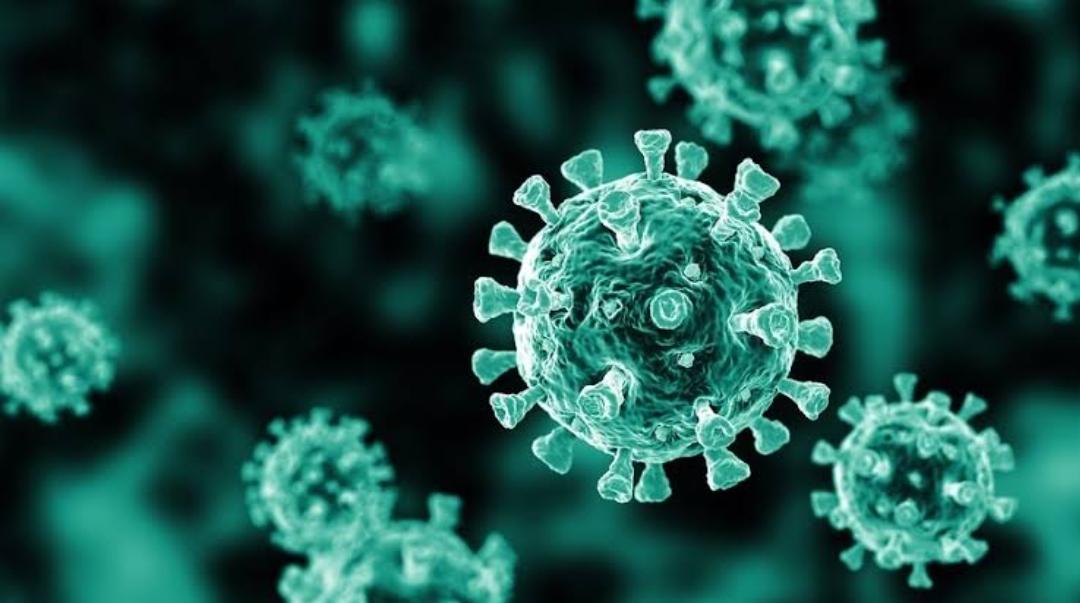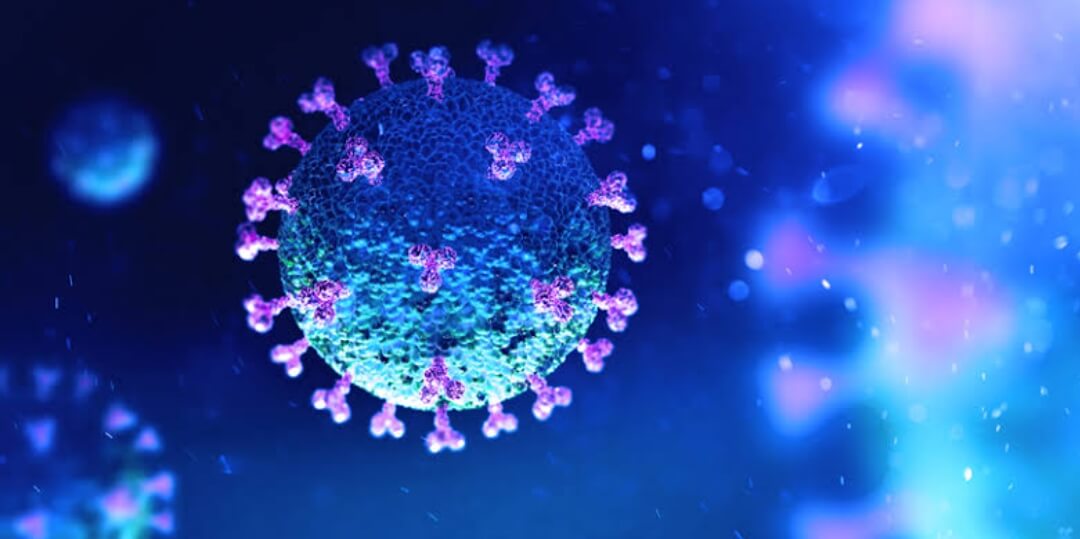
Patients With Type 2 Diabetes and CKD Face Poor COVID Outcomes
Coronavirus disease 2019, or COVID-19, is caused by severe acute respiratory syndrome coronavirus 2 (SARS-CoV-2). It was first identified in Wuhan, China in 2019 and rapidly spread across the world such that it was declared a pandemic by the World Health Organization on March 11, 2020.
Since then, it has infected more than 5 million people in the United States, and the death toll continues to rise to more than 219,000 at the time of publication. U.S. states that initially emerged as epicenters for COVID-19 were able to decrease community transmission with shelter-in-place orders, mandatory masks, and social distancing measures. COVID-19 can rapidly spread from person to person, through respiratory droplets produced through breathing, singing, talking, coughing, or sneezing. COVID-19 continues to be spread in the community in multiple states, prompting reversal of reopening plans. According to the American Diabetes Association (ADA), at this time, there are insufficient data to show if those with diabetes are more likely to become infected with COVID-19; however, those with diabetes have worse outcomes, such as higher rates of serious complications.
It is known that older adults and those with chronic obstructive pulmonary disease, heart disease, diabetes, chronic kidney disease, and obesity are at increased risk for severe COVID-19 requiring hospitalization. With a long incubation time reported to be up to 24 days and both symptomatic and asymptomatic carriers able to transmit the disease, COVID-19 has proven to be highly infectious.
At this time, there is no effective cure for COVID-19. The most common symptoms of COVID-19 include fever or chills, cough, shortness of breath or difficulty breathing, fatigue, muscle or body aches, headache, new loss of taste or smell, sore throat, congestion or runny nose, nausea or vomiting, and diarrhea.
A multitude of medications to treat COVID-19 patients have been and continue to be studied in clinical trials around the world. Some medications include remdesivir, lopinavir plus ritonavir, tocilizumab, anakinra, as well as convalescent plasma therapy. Most patients receive supportive care, and those who become severely ill may require mechanical ventilation.
Pathophysiology of SARS-CoV-2
The SARS-CoV-2 genetic sequence is similar to both SARS-CoV and MERS-CoV, with each originating in bats. Angiotensin-converting enzyme 2 (ACE2) is found in multiple locations, including the upper respiratory system, alveolar epithelial cells in the lungs, the heart, endothelial cells, kidney tubular epithelium, enterocytes, and the pancreas. ACE2 is also the cellular receptor for SARS-CoV-2. Once the virus enters the cytosol, it replicates, forms mature virions, and spreads. As infected cells undergo apoptosis, it activates proinflammatory cytokines or chemokines. SARS-CoV-2 will also infect immune cells and increases apoptosis of lymphocytes, which is associated with subsequent lymphocytopenia. The so-called cytokine storm occurs when high amounts of inflammatory cytokines are released, and it is believed to contribute to hyperinflammation, leading to multiorgan failure.
Mechanisms for Increased Risk of Negative COVID-19 Outcomes in Diabetes
Approximately 34 million people in the U.S. have diabetes, and 26.9 million of those have been diagnosed.9 Hypertension and severe obesity are common comorbidities in patients with diabetes. It is unclear whether diabetes alone contributes to increased risk of morbidity and mortality related to COVID-19. Studies have indicated that poorer glycemic control is associated with poorer outcomes in people with diabetes.10 Muniyappa and Gubbi identified the following five mechanisms that may increase the ability of COVID-19 to impact patients with diabetes: higher affinity cellular binding and efficient virus entry; decreased viral clearance; diminished T-cell function; increased susceptibility to hyperinflammation and cytokine storm; and the presence of cardiovascular disease.
Visit DocMode for Courses and lectures




















